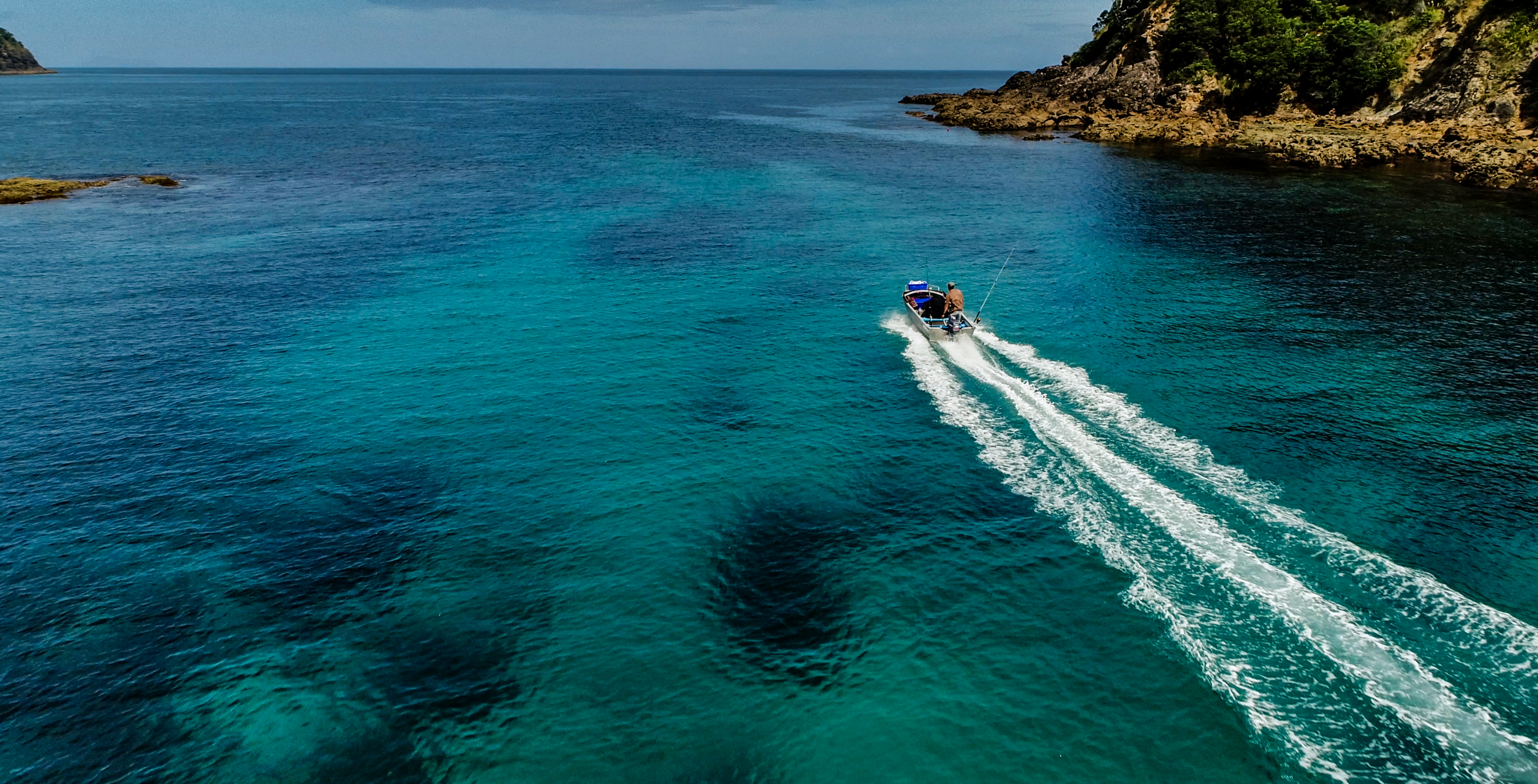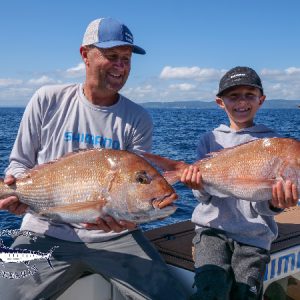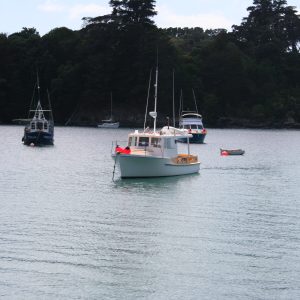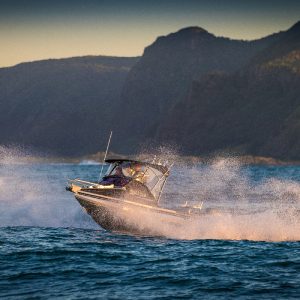What does a Highly Protected Area and a closed scallop fishery have in common? Both signal that New Zealand’s fisheries management is failing, and you are paying the price for that failure. The consequences of poor management are restrictions on your ability to catch scallops or fish for your family.
In our last two articles we’ve detailed how your access to Kawau Bay, Motatapu Island and the Noises will be closed off – all in the name of restoring the Hauraki Gulf, but without the means to achieve any meaningful change. What we really need is to address the rotten system at the heart of the collapse. Otherwise we will end up with more fisheries closed and public access written off.
Our collapsed Coromandel scallop fishery is crying out to be rescued from the very system that permitted its decimation. So what better place to start than with a fishery right in your own backyard? The Coromandel scallop management area stretches all the way from Cape Rodney (Leigh), through the Hauraki Gulf to Maketu in the Bay of Plenty.
It’s been almost two years since you last tasted sweet, fresh Coromandel scallops. Concerned about scallop populations along the Coromandel coastline, Ngāti Hei made a bold move in 2020, placing a rāhui to prevent the harvest of scallops in Opito Bay. After months of advocacy and public awareness effort by LegaSea and the community, the Minister for Oceans and Fisheries officially closed the entire Coromandel scallop fishery in March 2023.
The collapse of such a precious fishery will not come as a surprise to many. Decades of dredging, commercial catch limits set too high and land-based run-off smothering scallop beds, are some of the likely factors contributing to the collapse.
Recovery isn’t straightforward. Healthy and high density scallop beds are required for juvenile scallops to establish, yet current scallop populations are too low to create these conditions. A classic catch-22. The chances of a natural recovery anytime soon are slim.
It’s clear that if the fishery ever becomes abundant enough to reopen, we cannot return to business as usual. Continuing the same destructive practices will only lead to the same outcome—a collapsed fishery.
Now is the time to think about how we can achieve a balance in the future, so we can harvest scallops with the least environmental impact.
What if we could harvest scallops without disturbing juvenile scallops, vulnerable sealife and the seabed? What if scallops could only be harvested using selective, non-destructive techniques?
It makes perfect sense for Fisheries NZ to guide the transition to a hand-gathering only scallop fishery. You can’t get more selective than that.
Not only would the environmental impact be minimal, but imagine if those divers could also be trained to identify biosecurity threats – such as the unwanted, green grinch – Caulerpa seaweed.
The possibilities are promising. But let’s not get too ahead of ourselves, we first have to do the nitty gritty – set reasonable management targets that will allow for sustainable harvest.
Rather than react to a crisis we’d like to see the management of our fisheries improve so we don’t have to be the ambulance at the bottom of the cliff. This way everyone can enjoy a healthy and abundant marine environment for many years to come.





